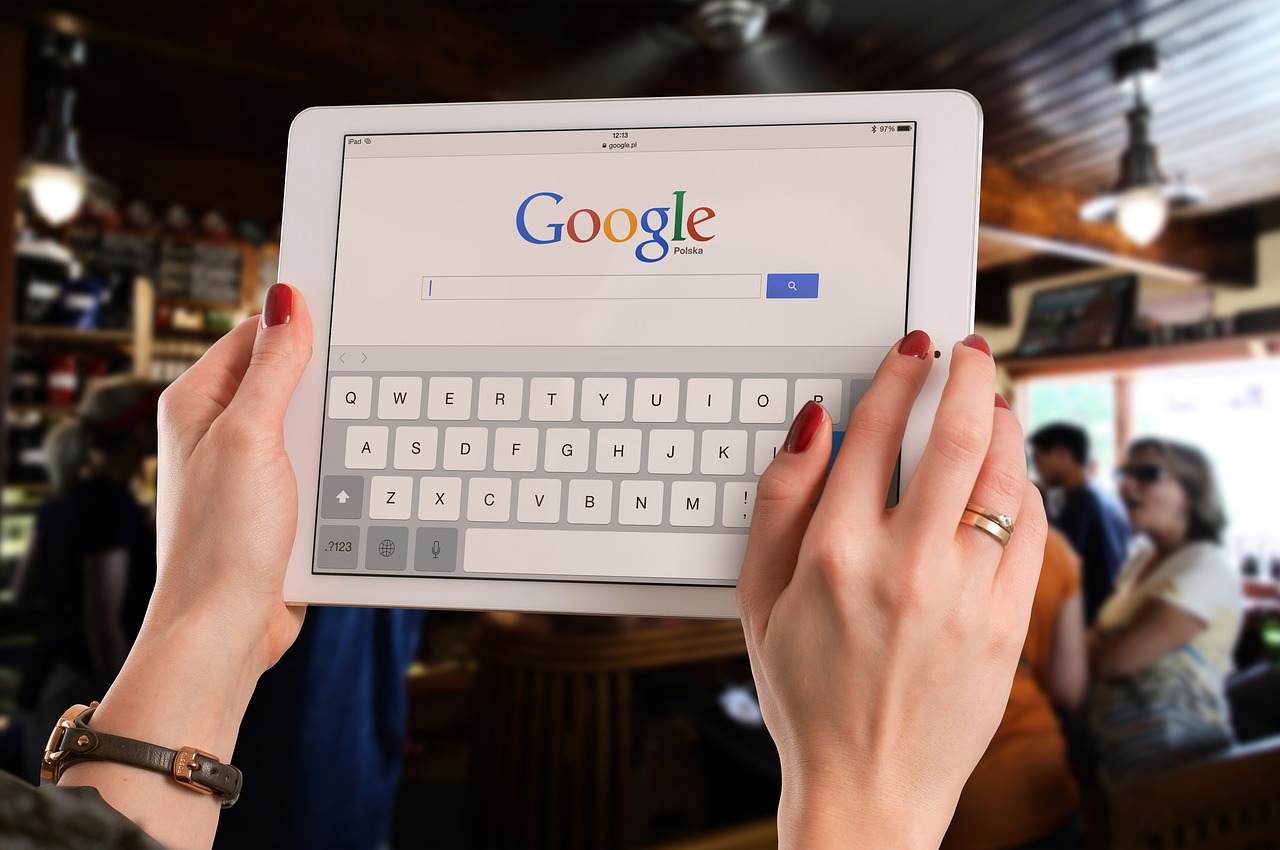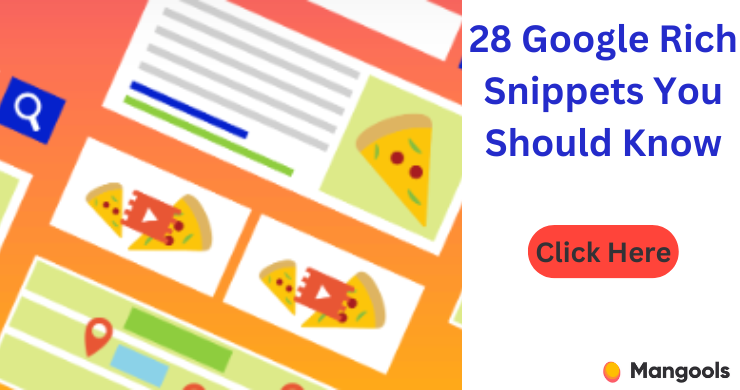Pay-Per-Impression
Pay-per-impression (PPI) is a mode of payment that compensates based on the number of views that an ad receives. The advertiser refers to this as CPM, or cost-per-mille, which represents the cost for every thousand impressions.
The compensation model described above is primarily used for display ads, text ads, video ads, interactive ads, and other similar types of advertisements. The pay rate may differ, but it is more popularly known compared to the PPP compensation model since PPI is utilized by a larger number of ads than PPP as a payment arrangement.
The advertiser compensates both the ad network and the publisher after their ad has been seen 1,000 times.
The price varies depending on the particular ad type and industry. Video ads can cost more than $20, whereas other display ads typically range from a few dollars per thousand impressions. On the lower end, you may receive a few cents, while on the higher end, you may receive a few dollars, but the rates are still not comparable to those for video ads.
Pay-Per-Click
Pay-per-click (PPC) rates are generally lower per click, as they typically have small click-through rates that hover around 0.3%. Consequently, if you earn 10 cents per click and have a 0.3% conversion rate, you will require over 300 visitors to attain a solitary click. This implies that you will need more than 3000 visitors to earn one dollar.
Keep in mind that the following explanation is a conjecture using a hypothetical situation and webpage. However, it emphasizes an essential aspect: a substantial amount of traffic is necessary in order to generate revenue from these advertisements.
Regardless of whether you are using PPC ads on your website or in your app, it should be noted that app users typically spend more time engaging with apps compared to websites. The higher the level of engagement a user has with an app, the higher their exposure to ads and the greater the chances of them converting.
What Is CPC And CPM Anyways?
Cost Per Click (CPC) is a model used in Internet advertising on websites, where advertisers are charged only when their ad is clicked rather than for each view.
The Cost Per Impression (CPM) is an advertising model utilized on websites, wherein advertisers are charged based on the number of times their ad is displayed, regardless of whether it is clicked on or not.
Google Adwords
Google Adwords is a platform that enables you to display text ads in Google search results and image ads on websites that are affiliated with their display network. The provided example includes an image ad and a text ad.
The advertising method used up until now is known as Cost Per Click (CPC).
The amount of money spent in total is equal to $323.83.
The number of impressions is 174,751.
The number of clicks is equal to 204.
The Click Through Rate is equal to 0.12%.
The cost of each impression, when using a cost-per-click method, is $1.85 for every 1,000 impressions.
Now, let’s consider the number of clicks and impressions that could have been obtained for my clients if I had used a CPM model with a constant expenditure of $323.83. To achieve this, a switch from search ads to solely display ads would be necessary, as Google’s display network (a platform for advertising through image ads, rather than text ads) only offers the option of a cost per impression model. Here is an illustration showcasing the contrast between the two types of advertisements.
I have been unable to gather sufficient information regarding the average cost per thousand impressions (CPM) on google adwords. On a forum, one individual mentioned that they receive $4.00 for every 1,000 impressions. If we were to adopt this assumption and employ a cost per impression model, it would appear as follows.
The amount of money spent in total is equal to $323.83.
The number of impressions is 80,957.
The Click Through Rate is 0.12%, but it may vary if the campaign only includes display ads.
The number of clicks is equivalent to 97.
In conclusion, it can be inferred that
I am uncertain about making a clear conclusion without conducting tests. Based on the information provided, my hypothesis is that the CPC method might be superior, but I can never be sure without testing it. My uncertainty arises from not knowing the CPM rate, the potential impact on click-through rates and whether display ads yield a higher customer conversion rate compared to text ads. Ultimately, the most important metric is the customer acquisition cost, which I cannot determine without testing. Therefore, I plan to conduct tests in the future to evaluate the performance of a CPM method.
Facebook Ads
What are Facebook ads? – Facebook ads are the advertisements that can be seen on the right side of every Facebook page, typically appearing underneath the section labeled “People you may know.”
CPC has been the advertising method used up until now.
The amount of money spent in total is $101.92.
The number of impressions is 532,395.
There were 117 clicks made.
The Click Through Rate is equal to 0.022%.
The cost of each 1,000 impressions using a cost per click method is $0.19.
It is easier for Facebook to consider the equivalent of this in a CPM method. At present, Facebook recommends a payment range of $0.37 to $0.60 for every 1,000 impressions. Assuming I place a bid of $0.50, let’s see how it turns out.
The total amount spent is equal to $101.92.
The number of impressions is 203,840.
Assuming no change in the click through rate, the Click Through Rate remains at 0.022%.
The number of clicks is 45.
In conclusion, it can be said that the text above can be rephrased step by step while retaining the same meaning without adding new information or removing any information.
Even if I choose to bid at a lower price than the suggested one, which is $0.35, I still only receive approximately 290,000 impressions and 63 clicks, which is significantly lower than what I received when utilizing a payment method based on cost per click. It seems that, at least for my clients, opting for CPC is the preferable choice on Facebook.
Linkedin Ads
What is it? – The three small advertisements that are visible on every Linkedin page are positioned below the “People you may know” section. These ads can be found on the right side of the screen and are referred to as “Ads by Linkedin Members”.
CPC has been the advertising method used up until now.
The amount of money spent in total is equal to $170.65.
The total number of impressions is 200,156.
There have been 19 clicks.
The Click Through Rate equals 0.009%.
The cost of each impression, when using a cost per click method, is $0.85 for every 1,000 impressions.
Similar to Facebook, Linkedin offers a projected cost for the CPM purchasing model. At present, they suggest that I place a bid of $2.06 to $2.12 per 1,000 impressions. Let’s suppose I choose to bid $2.10. Here is a representation of what that bid would entail.
The amount of money spent in total is $170.65.
The number of impressions is 81,262.
The click-through rate remains the same at 0.022%, assuming no change in the click-through rate.
The number of clicks is equal to 8.
In conclusion, it can be stated
When it comes to advertising on Linkedin, it is evident that utilizing a cost per click approach is the most advantageous. Even when bidding at the lowest allowed amount of $2.00, opting for a cost per impression strategy falls significantly short in terms of generating impressions or clicks. Hence, in the future, I will undoubtedly continue to use the cost per click payment method on Linkedin.
Which One Works Best?
Deciding between the PPC and the PPI is uncertain. Regardless of whether you are creating for a website, app, or software program, a substantial amount of traffic is necessary to generate a satisfactory income from the ads.
To determine the most suitable choice for your needs, consider how the ads align with your specific marketing campaign and content. If you have an existing app or website, it becomes easy to experiment with each advertising approach and ascertain which one yields superior results.
Let’s compare the math stated above with regards to potential earnings from a PPI ad. If you earn 10 cents per thousand views, then it would require 3,000 views in order to reach 30 cents. It’s not exactly equivalent to 3,000 views for one dollar, is it?
It should be noted that the metric of “10 cents” is arbitrary, as the rates for your industry and the level of prominence of your app or website can vary significantly.
Industries that offer the highest salaries, regardless of how employees are paid, include business, technology, family and parenting, home and architecture, and web design. On the other hand, the lowest paying sectors encompass gaming, weddings, and beauty.
Take some time to do research on the average payments in your industry. Afterward, make some rough calculations to determine the amount of traffic required to achieve a specific dollar amount.







